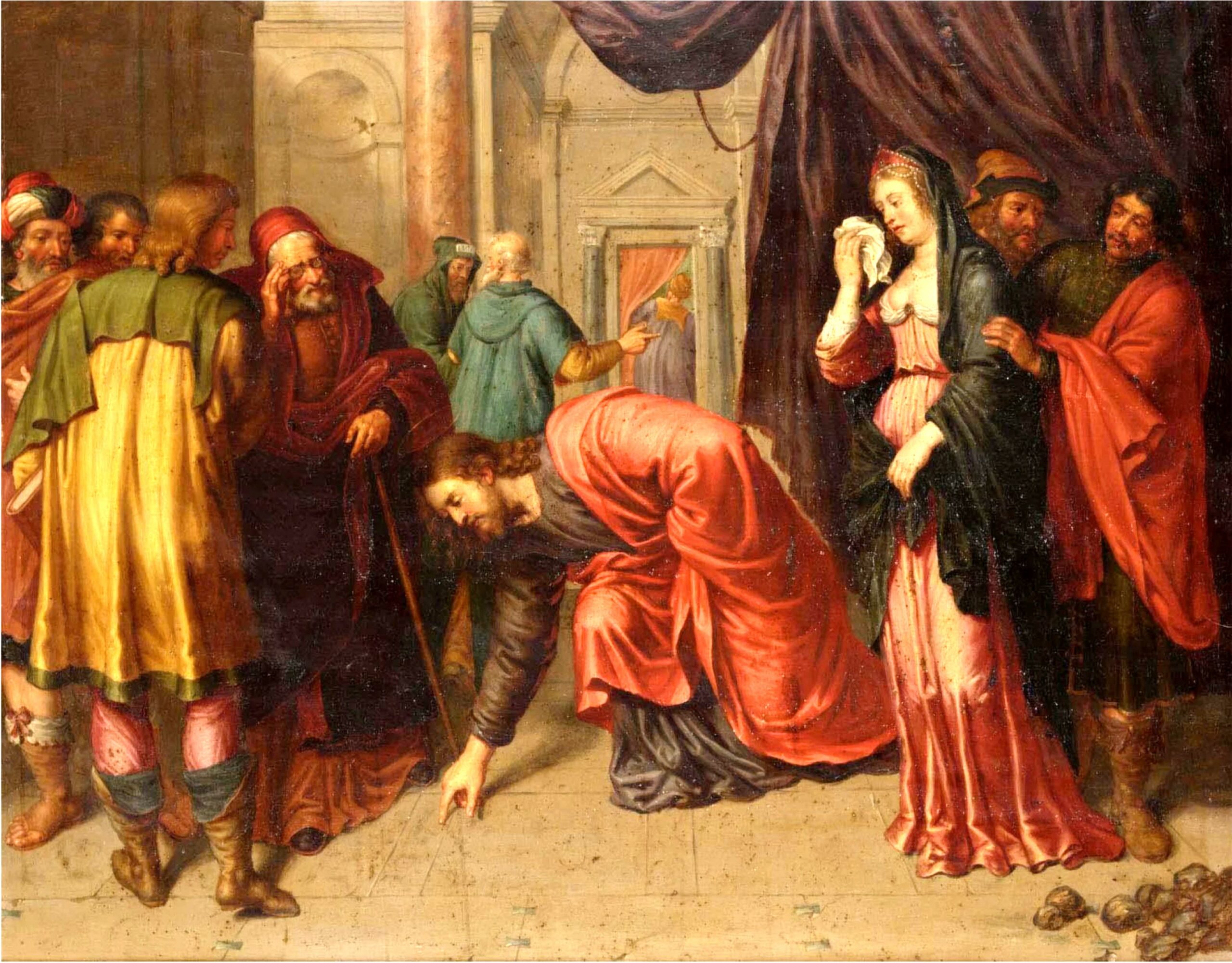
The Spiritual Works of Mercy – Admonishing Sinners
The Works of Mercy recommended by the Church do not have priority over one another, but all are of equal importance

Domenico Fetti (1589/1623) an Italian painter of the early Baroque period, in 1619 completed this work preserved in the Metropolitan Museum, relating to “admonishing sinners” according to the Gospel. Fraternal correction demands human balance, a work on the self that is rich in a great sense of faith and mercy. Pope Francis in a homily at St. Martha’s, with respect to fraternal correction says: If you are not capable of doing it with love, with charity in truth and with humility, you will do an offense … as Jesus says: “Hypocrite, first remove the beam from your own eye”; recognize that you are more of a sinner than the other, but that you, as a brother, must help correct the other! Correction often needs to be exercised with firmness and resolution by those with special authority such as that demonstrated by Jesus when he drove the merchants out of the temple with great vehemence, restoring the sanctity of the place and reaffirming the priority of God’s will.

In the 1872 painting by C. H. Bloch, in the great chaos that generates a marketplace, among the colorfully dressed vendors, astonished but not rebellious, Jesus raises his arm to admonish and strikes no one, but points to the exit and overturns the stalls. The Master from whom to learn to resolve every situation in life even the most terrible is Jesus, from whom so many great saints have learned. The Gospel is full of episodes in which sin and sinners are mentioned. Jesus says, “It is impossible for there to be no scandals, but woe to him on whose account they occur …. Unless you are converted and become like children you will not enter the kingdom of heaven.” He admonishes and points the way to conversion.

Domenico Piola, in the 17th-century painting and preserved in the Spinola Palace in Genoa, places the Master seated in the center of the scene in the midst of a group of listeners, points out a child to those present who, gesturing conspicuously, surround him and remain attentive to his teachings. The faces of the characters are skillfully studied, from that of the child expressing his serene, great innocence to that of the adults, so as to best render the psychological reactions that generated those words and that should give everyone pause.

Beautiful are some of the parables where his behavior toward those who obviously did wrong was always one of loving admonition. One of the most beautiful episodes narrated by the evangelists, where we can learn to act mercifully, is certainly Jesus’ encounter with a sinner and her accusers. Pieter Van Lint, a seventeenth-century painter from Antwerp, is the one who depicted verbatim the passage from John’s Gospel in which Jesus, in the temple, is bent over writing on the ground as an adulteress is about to be condemned to death. Those present have garish clothes showing good social standing, meanwhile the woman, sheltering behind him, weeps hoping for his words, while young and old consult and slowly leave that place.

But the author who knew how to express the sweetness of the event is undoubtedly Caliari known as il Veronese (1528/1589). In his work at the National Gallery in London, the viewer is drawn to two poles: the imposing Christ who approaches the woman in a gentle manner, and the sinner who, now on the ground, supported by her rescuers, waits for the response. The author captures precisely the moment when Jesus asks, “Has no one condemned you?….. Neither do I condemn you; go and henceforth sin no more.” The light and pastel colors that harmoniously juxtapose each other create rich color plays, becoming significant protagonists that enhance the very meaning of the episode. Each character is diversified in position, expression and sentiments expressed, where the beauty of God’s mercy, expressed in Christ’s very sweet face and the gesture of his hands pointing to his heart and forgiveness, is enhanced.
